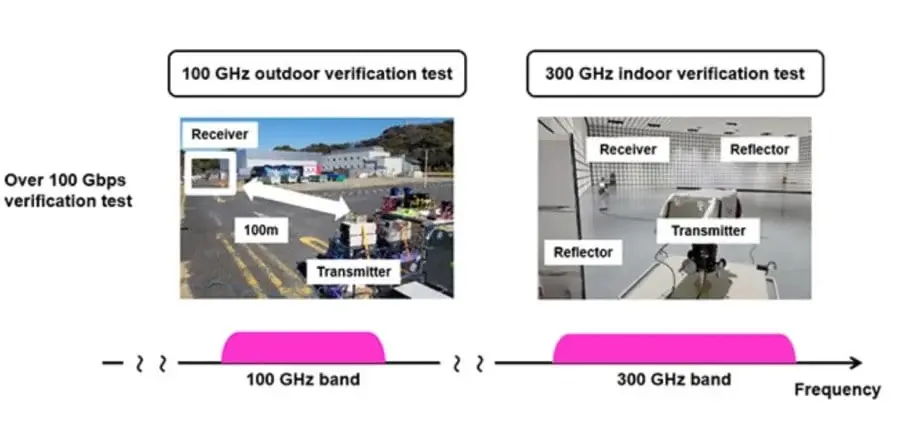A Japanese consortium recently introduced the world's first high-speed 6G prototype device, capable of transmitting data at an impressive 100 gigabits per second (Gbps) and covering over 300 feet, marking a significant advancement over current 5G technology.
Collaborative Innovation
The prototype device was developed through a partnership among major Japanese telecom companies, including DOCOMO, NTT Corporation, NEC Corporation, and Fujitsu, showcasing a collective effort towards future technological advancements.
Successful Test Results
On April 11th, the consortium disclosed successful test outcomes, demonstrating that the prototype device can achieve remarkable speeds of 100 Gbps indoors using the 100 gigahertz (GHz) band and outdoors using the 300 GHz band, showcasing promising capabilities for next-generation connectivity.
Impressive Speeds and Limitations
Despite the impressive speeds achieved, it is essential to temper expectations as 6G is currently tested within a single device and not yet a commercially viable network. Moreover, the technology carries its own limitations and challenges that need to be addressed for widespread implementation.
5G, the current leading standard in connectivity, boasts a theoretical maximum speed of 10 Gbps, but real-world speeds often fall below this benchmark, hovering around 200 megabits per second (Mbps) for users. The utilization of higher frequency bands in 5G, while offering faster speeds, also imposes constraints such as reduced signal travel distances and penetration strength.
6G technology operates at even higher frequency bands than 5G, potentially posing challenges for devices to receive the necessary frequencies for accelerated data transfers. Factors like distance, environmental barriers such as walls, and weather conditions like rain can significantly disrupt 6G signals, emphasizing the need for further optimization.
While the transition from 4G to 5G largely focused on enhancing data capacity for activities such as video streaming and mobile browsing, the advent of 6G networks could revolutionize connectivity by enabling real-time holographic communication and immersive virtual and mixed-reality experiences, unlocking new possibilities for users.
However, before the widespread adoption of 6G technology and the realization of its transformative potential, significant infrastructure upgrades are imperative. A comprehensive revamp of existing cell towers and the development of a new generation of smartphones equipped with built-in 6G antennas are essential steps to mainstreaming this cutting-edge technology.


Leave a Reply